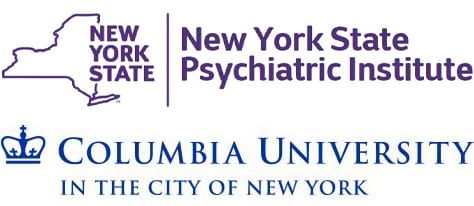Linkage Intervention for Justice-Involved Adolescents (010)
Study Information
Rates of HIV in justice populations are 2-5 times higher than the general population, yet despite this risk, HIV testing in justice settings, particularly community supervision programs, is not universal.
Overcoming barriers to substance use (SU) screening and enrollment in care is central to decreasing justice-involved youth’s (JIY) negative HIV-related outcomes. Intensive efforts to increase screening and improve linkage to HIV (including PrEP for HIV– youth who are behaviorally eligible) and SU services that address youth as well as justice and health/behavioral health system-level barriers as needed
This project studied the impact of embedding HIV testing outreach workers from a youth-focused medical and HIV treatment program into an alternative sentencing program (ASP) to deliver a new service delivery model (Link2CARE) that integrates evidenced-based protocols for justice-involved youth to a) promote HIV and STI testing, HIV and SU risk screening; b) provide onsite intervention; and c) facilitate cross-system linkage to HIV, STI and SU care.
This project addresses a critical public, as well as correctional, health problem by adapting existing evidence-based practices to create a novel service delivery model that targets youth–and systems-level factors–including SU to increase uptake of HIV and STI testing and SU screening, reduce HIV and SU risk and c) to increase linkage to HIV and SU services as necessary in JIY.
Study Settings: Juvenile Justice
Study Team
PI: Katherine Elkington, Ph.D.

• Determine the efficacy of Link2CARE delivered by health staff embedded within the ASP, on:
-
- HIV outcomes: uptake of HIV testing /repeat testing, HIV risk behaviors
- STI outcomes: uptake of STI testing/repeat testing, linkage to care of JIY with STIs
- SU outcomes: SU screening, SU, and linkage to care of SU JIY
- (exploratory) linkage to care of HIV+ JIY and HIV– JIY who are behaviorally eligible for PrEP
• Determine the influence of theoretically-based intervention mechanisms of change (e.g., predisposing characteristics, enabling resources, perceived need, organizational climate, staff attitudes) on the proposed HIV and SU outcomes
• Describe Link2CARE implementation and elucidate the system/organizational-, staff-, and youth-level factors that influence implementation (i.e. acceptability, sustainability, feasibility) of Link2CARE in an ASP and to develop a plan for dissemination and scale-up of Link2CARE in New York City.
Accelerator Supplement